Diagonals of an isosceles trapezium bisect each other. Is this statement true or false?
Important Questions on Quadrilaterals
A trapezium is a special kind of quadrilateral whose two opposite sides are parallel but the other two sides are non-parallel.
In the given Isosceles trapezium PQRS, ∠PQS is congruent to which of the other angles of the trapezium?

Which of the given shapes is an Isosceles trapezium?
Identify the following geometrical figure.
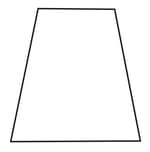
In the Isosceles trapezium ABCD, ∠ACD = _____degrees.
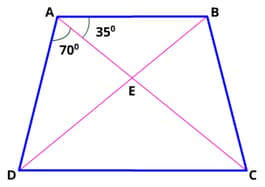
Which of the listed points describes a trapezium?
i. All the sides are equal
ii. At least one pair of parallel sides
iii. Diagonals are congruent
iv. Quadrilateral bounded by 4 line segments
While describing the properties of a trapezium for a question in the exam, Anil wrote that “all angles of a trapezium are equal and are right angles". Is this statement true?
“In an isosceles trapezium, if you know one interior angle, you can find all other interior angles". Is this statement true?
In the trapezium PQRS, if diagonal PR measures 7 cm then length of the diagonal QS = _____cm.
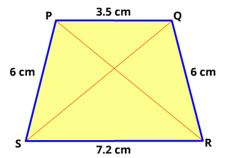
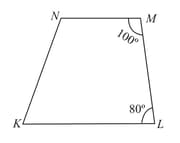
In the given Isosceles trapezium LMNO, length of side MN = _____cm.
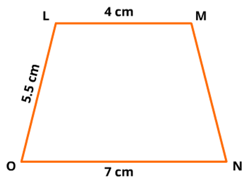
Name the shape of the quadrilateral whose diagonals are not equal.
What is the trapezium called if the non-parallel sides of it are equal?
In the Isosceles trapezium ABCD, ∠ABC = _____ degrees.
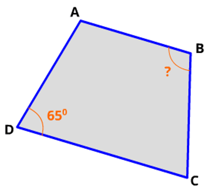
In the Isosceles trapezium ABCD, if ∠ADC = 75$ °$ then ∠BCD = _____ degrees.
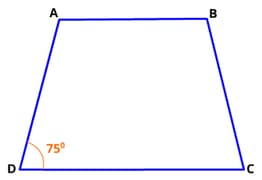
“Diagonals of a trapezium are always of equal length".
Is this statement true or false?
In the Isosceles trapezium ABCD, If the length of side BC is 6 inches then which of the other sides of the trapezium is of the same length?


